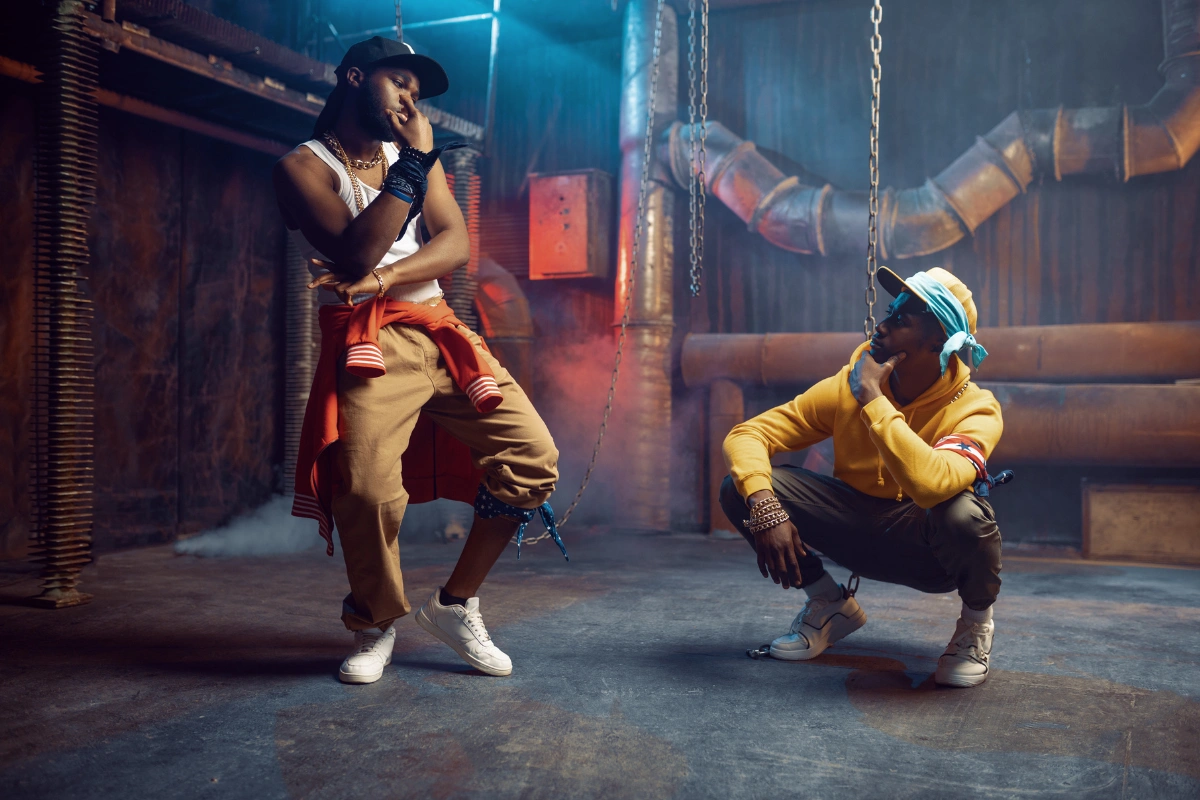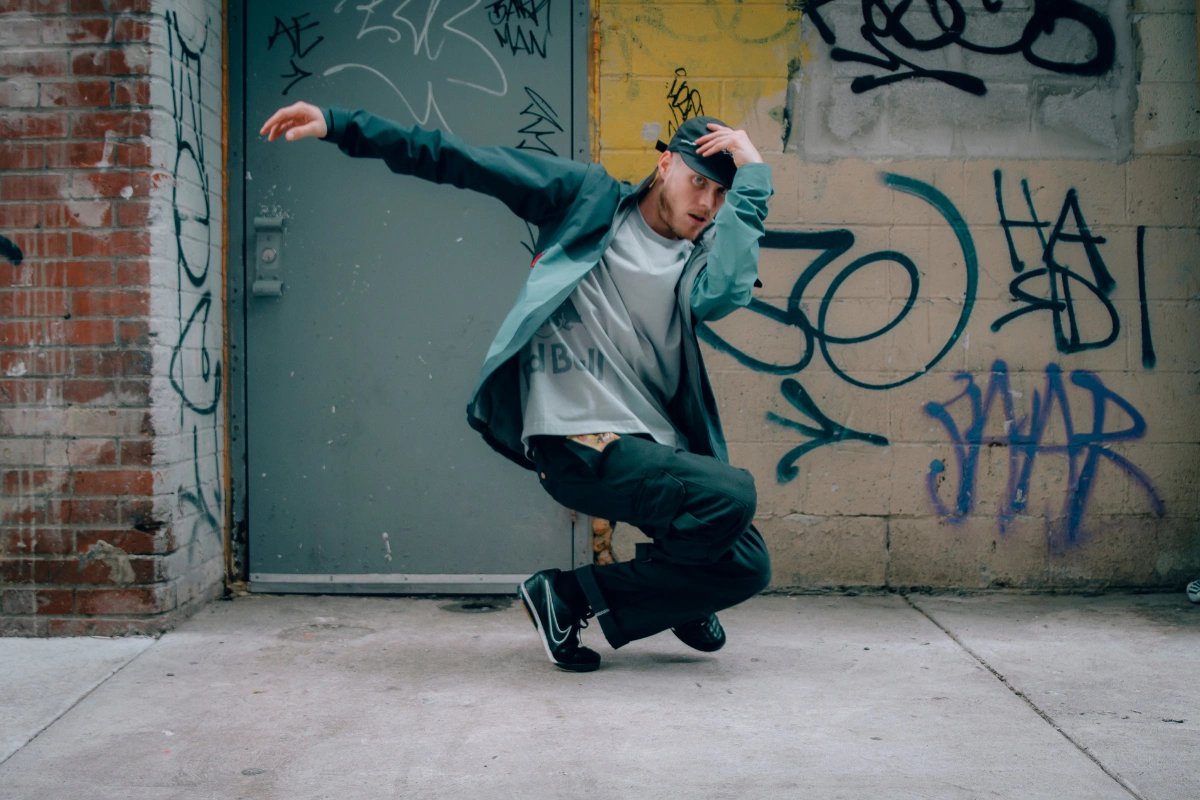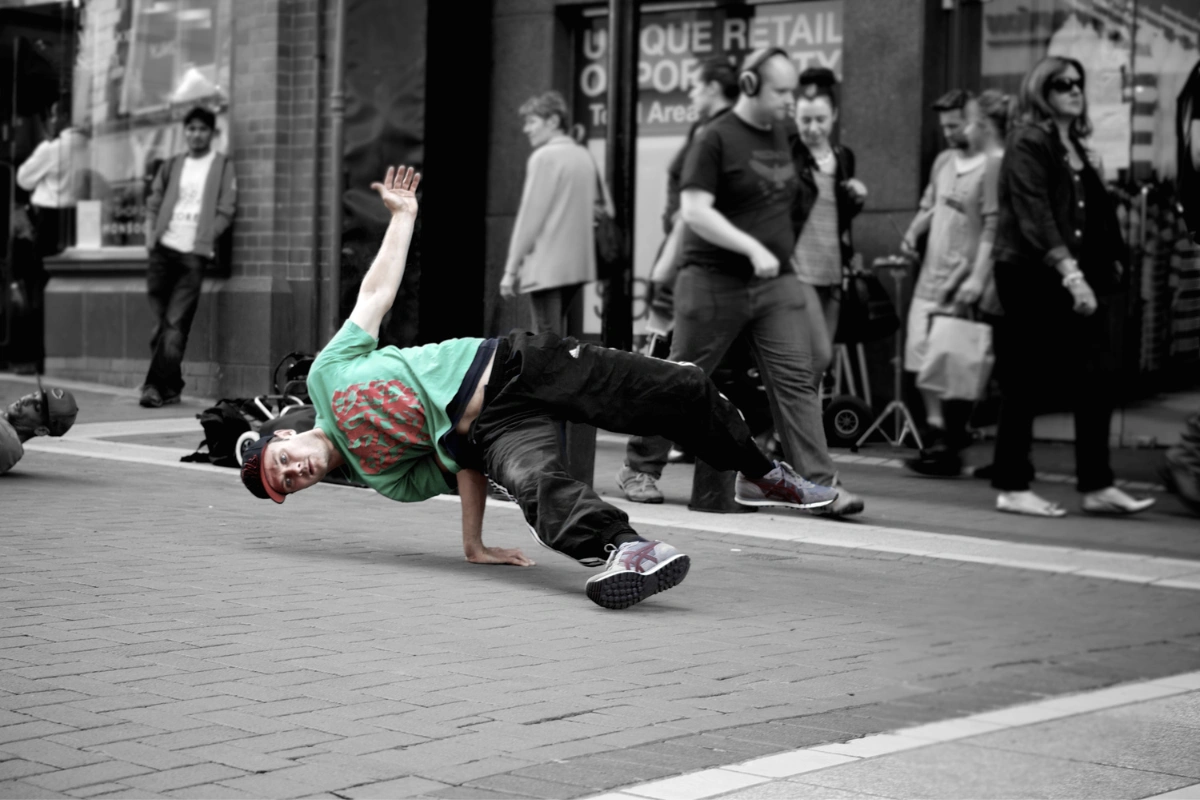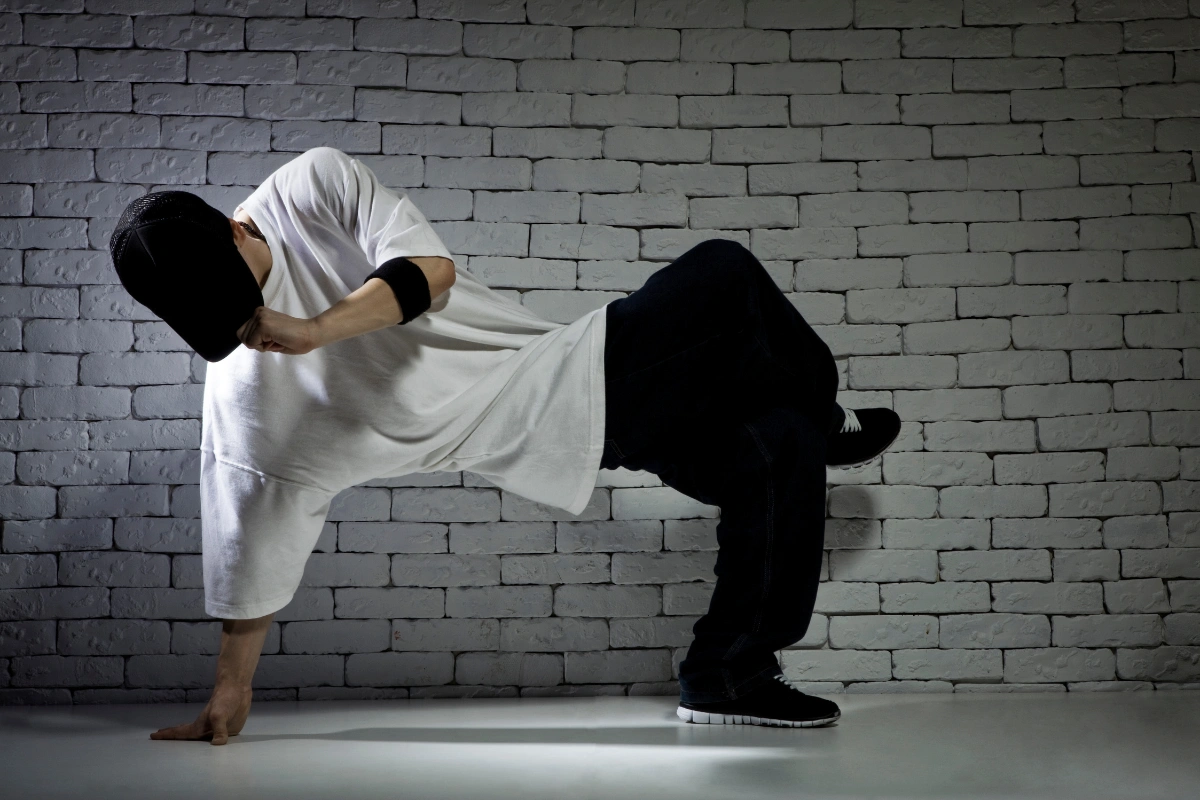Embark on a journey through the rich tapestry of traditional dances that have influenced the captivating world of breaking. In this exploration, we delve into the cultural roots and rhythmic inspirations behind the dynamic moves and styles that define breakdancing today. Join us as we uncover the diverse array of traditional dances that have left an indelible mark on this vibrant and ever-evolving art form.
What are traditional dances? Traditional dances are cultural expressions of movement and rhythm that have been passed down through generations within specific communities or regions. These dances often reflect the history, beliefs, customs, and values of the people who perform them. Traditional dances can vary widely across different cultures and may include ceremonial dances, folk dances, social dances, or ritualistic dances. They are often accompanied by traditional music and costumes, and serve various purposes such as celebrating special occasions, marking rites of passage, or preserving cultural heritage. Traditional dances play a significant role in connecting individuals to their cultural identity and fostering a sense of community and belonging.
South African dance styles
With over two decades of experience as a b-boy in South Africa, Vouks has witnessed how traditional dances from his homeland have greatly shaped the evolution of South African breakdancing. He attributes this influence to the distinctiveness of the breaking style in South Africa.
Who is Vouks? Gerald, also known as Vouks, is widely recognized in South Africa for his talent in B-boying. He began his B-boying journey in 1997 and has since been deeply passionate about Hip-hop. Vouks joined the renowned Azanian Flames group, where he honed his skills and learned the fundamentals of being a B-boy. This experience opened doors for him to participate in competitions organized by Black Noise around 1998. The dedication and hard work of Azanian Flames paid off in 1999 when they clinched their first victory in a competition. Inspired by this success, Vouks initiated workshops in various locations such as Ravens Mead Community Hall, Eersteriver Library, and Settlers High School in Overmeer.
In a nation boasting 11 different languages and a richly diverse music scene, Vouks points out that breakers from various regions of South Africa each bring their own individual flair to the dance form. “Many might have started out as Pantsula or Kwassa Kwassa dancers before transitioning to breaking, so they naturally incorporated elements of those dance styles into their breaking. Even today, you can observe the unique essence of South African breakers compared to others.”

Brazilian capoeira
The Brazilian martial art dance style called capoeira is known all over the world, much like breaking. It has a similar history, said to have originated from struggle. Many believe it has African roots. Capoeira is so important in Brazilian culture that when breaking became popular in Brazil, it was natural for capoeira to influence the styles of Brazilian b-boys and b-girls.
Capoeira played a big role in helping the Tsunami All-Stars, a lively and energetic crew, gain recognition as they traveled the world and promoted Brazilian breaking. Members of the crew, like Pelezinho and Neguin, showcased their skills at top competitions like R16 in Korea and the UK B-Boy Championships.
Pelezinho made history as the first Brazilian b-boy to compete at a Red Bull BC One World Final. He believes it’s crucial for a breaker to incorporate their cultural identity into their dance. Being Brazilian, he always proudly mixed capoeira into his breaking. He says, “Breaking may have started in the US, but you should showcase your heritage through your dance. For me, I used capoeira because it’s a part of who I am!”
Neguin is also known for his breaking style infused with capoeira. As a Red Bull BC One All-Star and the 2010 Red Bull BC One World Champion, his entire approach to breaking is influenced by the Brazilian concept of “Ginga,” which means the way. Ginga describes how Brazilians infuse their culture into everything they do. Neguin explains, “Ginga is your approach to everything. It’s about making something difficult look easy, with flavor, character, and charisma.”
Traditional Russian dance styles
Russian b-boys and b-girls have made a significant impact in the breaking world since they began practicing this art form. Crews like All The Most, Top 9, and Predators have traveled the globe, showcasing the powerful and uniquely creative Russian style of breaking.
What is b-girl? A “b-girl” is a term used to describe a female breakdancer, particularly within the context of hip-hop culture. B-girls are skilled dancers who perform dynamic and acrobatic moves as part of breakdancing battles, showcases, and performances. Similar to b-boys, b-girls play an integral role in the breakdancing community and contribute to the vibrant and energetic atmosphere of hip-hop dance culture. The term “b-girl” emerged alongside “b-boy” in the early days of hip-hop in the 1970s, with the “b” standing for “break,” referring to the instrumental sections of songs where breakdancers would showcase their skills.
One of the most famous traditional dances, now adapted and incorporated by breakers worldwide, is the Russian Cossack dance. In this dance, performers squat low and extend their legs forward without using their hands for support. Mastering this dance is extremely challenging, but it was embraced by Russian breakers, helping them develop a distinctive and easily recognizable style.
Initially, some Russian b-boys and b-girls hesitated to incorporate traditional dances into breaking. According to B-Boy Yan The Shrimp from All The Most crew, there was resistance among some who believed that breaking should remain true to its original Bronx cultural roots.
However, Yan and his crew proudly integrated elements of traditional dance into their breaking, believing it contributed to their success and made them stand out internationally. He reflects, “I think that’s how we gained more recognition worldwide because we were the first to incorporate those Russian steps into our breaking styles.”
Their approach influenced other Russian breakers to embrace their cultural dances. Yan explains, “When those who were initially opposed to using traditional Russian dance steps saw that others appreciated it, they also began to incorporate them into their performances.”

The internet changing approaches to styles
With the rise of the internet, breakers gained greater access to footage from around the world, leading to a shift in how they approached their styles. Platforms like Bboyworld.com and YouTube became hubs for sharing breaking clips, allowing breakers to learn and emulate moves from their favorite dancers regardless of geographical distance. This accessibility also prompted aspiring breakers to imitate the styles of those who achieved success in competitions.
Nadia from the Da Funky Styles crew observes, “Many b-boys and b-girls nowadays share similar styles. In my generation, each breaker had a distinct personality.”
Red Bull BC One All-Star Junior adds, “In the past, each country had its own unique style. French breakers were known for their character and eccentricity. However, as we began to watch the OGs from America, our style took a different direction.”

Bringing it all together over the years
Over the years, most breakers in today’s scene have become a blend of various styles, drawing inspiration from their favorite crews, b-boys, and b-girls worldwide. With renowned breakers frequently traveling to teach camps and conduct workshops in different countries, and with the rise of online tutorials, regional styles rooted in traditional dances have become rare in the highly competitive breaking landscape. To succeed in today’s competitive breaking scene, b-boys and b-girls often adopt styles that can help them win major competitions and build their reputation.
Red Bull BC One All-Star and the only three-time Red Bull BC One World Champion, B-Boy Menno, boasts one of the most original breaking styles globally. He attributes this to being influenced by numerous American breakers he watched while growing up, such as B-Boy Lego, Skill Methodz crew, and Havikoro crew, as well as later being inspired by B-Boy Maurizio from Italy, Swift Rock from Germany, and Karim Barouche from France.
Menno explains, “I was inspired to adopt a new school approach but always infused it with the old school b-boy essence.”
Menno’s success and unique style, inspired by breakers worldwide, illustrate why many young breakers seek inspiration from diverse sources, blending styles to create their own signature moves. At the Red Bull BC One World Final 2019, legendary B-Boy Poe One described Menno’s style as an “algorithm” during the post-event judge’s interview, highlighting its complexity and innovation.

Still a dance from the Bronx
Regardless of the country, city, or region, all breakers share one common understanding: the dance they practice originates from the Bronx and is deeply rooted in its cultural heritage.
Summary
This exploration delves into the traditional dances that have shaped the world of breakdancing. From cultural roots to rhythmic inspirations, we uncover how diverse dance styles have influenced the dynamic moves and styles of breakdancing. Join us on a journey to understand the rich tapestry of traditions that continue to leave a lasting impact on this vibrant art form.


Leave a reply